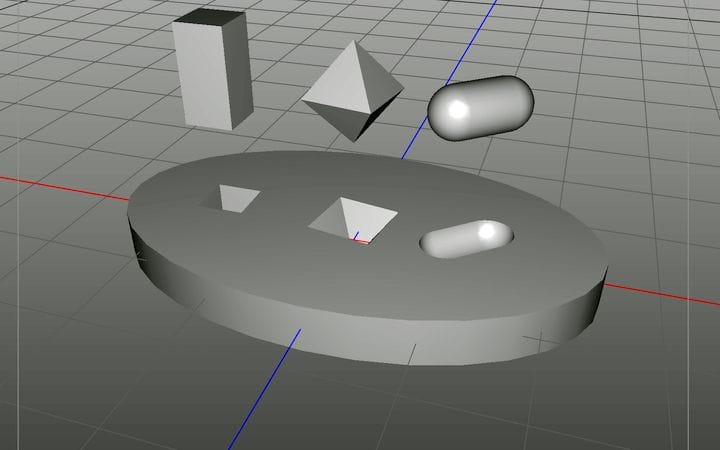![What would you use a jig for? [Source: Fabbaloo]](https://fabbaloo.com/wp-content/uploads/2020/05/image-asset_img_5eb0a601d75b3.jpg)
One of the most important applications of 3D printing is the production of jigs.
But what is a “jig”, and why are they so important?
The answer is found in a manufacturing line, where a product is being assembled. Products are designed to meet a number of success metrics that attempt to balance all aspects in creating a successful product.
Factors such as product production cost, time to complete a product and amount of input materials are all obviously required, but there are more, including product performance. In many cases it may be that to meet a product’s user performance its design may have to compromise one or more of the other design factors.
One of the compromises might involve product assembly. For example, to meet one design goal, the process of putting together a product might be made more challenging than it could have been. Anyone who’s taken apart a complex device might recognize this, thinking “How on Earth would I be able to reassemble this pile of parts?”
![How could these components be quickly assembled in the correct positions and orientations? [Source: Fabbaloo]](https://fabbaloo.com/wp-content/uploads/2020/05/image-asset_img_5eb0a6024ab9f.jpg)
The secret is in the science of jigs. These are custom-designed tools that specifically aid assembly, and sometimes component manufacturing.
Imagine a scenario where a group of components must be precisely aligned for insertion into a larger holding element. Done manually and serially, this might be a near impossible task, resulting in poor quality products.
![A simple jig can quickly align all parts for rapid assembly [Source: Fabbaloo]](https://fabbaloo.com/wp-content/uploads/2020/05/image-asset_img_5eb0a602a0a98.jpg)
But with a jig, this task becomes absurdly simpler. The group of components are mounted in a jig that exactly matches the required positions and orientations, and this structure holds the components while they are inserted. An operation that may have taken a couple of minutes to complete poorly can now be done in seconds, and done perfectly.
In an assembly scenario, there could be many different jigs used for assembling various parts. When you consider the number of different products being manufactured, the possibilities are endless.
And it doesn’t stop there.
The workers actually doing the assembly are, of course, most deeply familiar with the specifics of the process to attach a particular part. These people are actually in the best position to identify a potentially more effective jig design; they will have done much thinking on the matter.
Enter 3D printing: this technology allows one to produce prototypes relatively quickly by physically reproducing a digital design. That’s a perfect match for the assembly-jig scenario.
A forward-thinking company might team 3D designers with assembly workers to quickly develop new types of jigs to aid in the assembly process. These can be collaboratively designed and quickly produced for testing.
![A tool-mounted jig produced by MakerGear [Source: Fabbaloo]](https://fabbaloo.com/wp-content/uploads/2020/05/image-asset_img_5eb0a602e64b4.jpg)
A jig can also be used as an extension to an assembly tool, as shown at top.
Should a jig not work out as well, the team and printer are available to iterate through multiple versions to eventually arrive at a “perfect” jig.
That is, until someone has a better idea. Every manufacturing plant should have a 3D printer – and 3D designer – on the shop floor.











A manufacturing-as-a-service company has developed a way to 3D print continuous carbon fiber in a production setting.